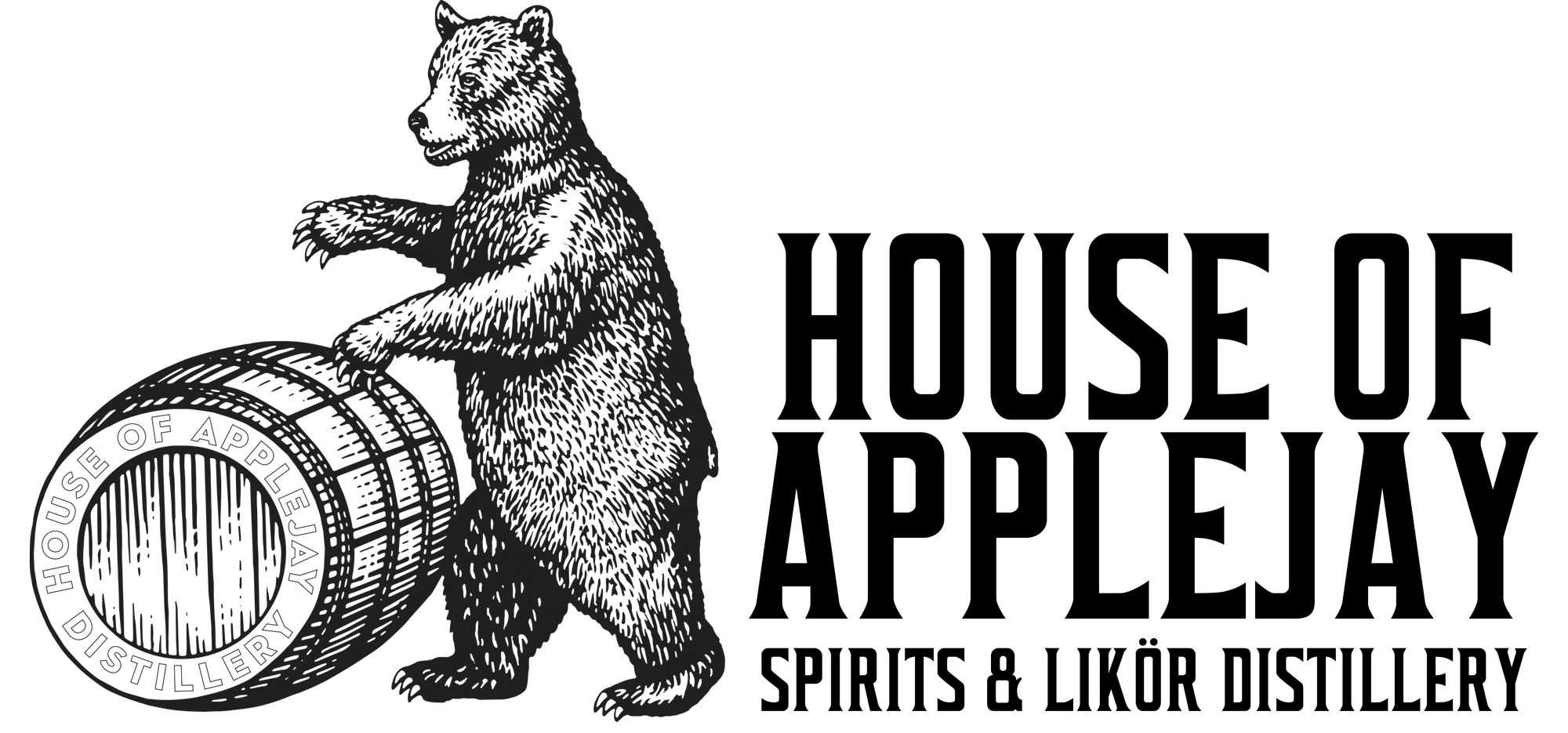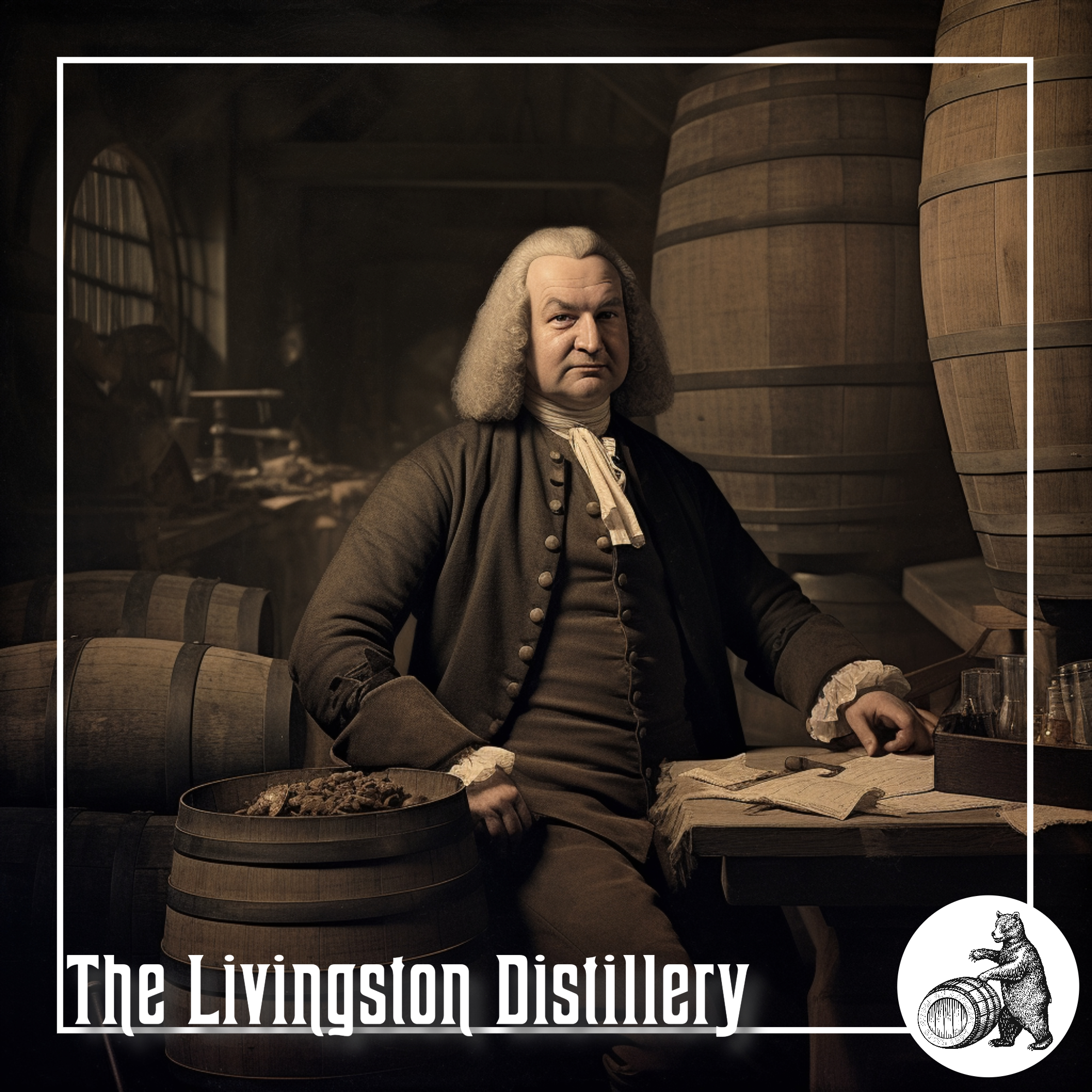Livingston Distillery
The Distilling Legacy of a Founding Father
Philip Livingston (1716–1778) is widely recognized for his crucial role in signing the Declaration of Independence in 1776. Born into the esteemed Livingston family, known as “patroons,” they held vast colonial land parcels spanning nearly 250 square miles before the Revolutionary War.
He distinguished himself as a Manhattan lawyer, politician, and entrepreneur. His involvement in international trade with British sugar plantations showcased a keen economic insight that extended to a hidden gem—his distillery on the bustling shores of River Road in New York City, operational as early as 1767.
A Portrait of Entrepreneurship in Pre-Revolutionary America
Livingston’s entrepreneurial prowess, evident in astute investments and a nuanced understanding of the challenges of his time, crafts a compelling narrative of a versatile businessman. Having established his residence in the today’s Brooklyn Heights, NY, in 1765, he further diversified his pursuits, engaging in trade with British sugar plantations, investing in the slave trade, and accruing wealth through privateering during the French wars (1756-1763). The tumultuous British occupation forced his relocation to Kingston, where he passed away two years later in 1778.
Philip Livingston’s Distillery Endeavor
Lesser known is that Livingston established a distillery on the shoreline of River Road (Joralemon Street) in New York City as early as 1767. Acquiring the 40-acre property opposite Manhattan, overlooking the harbor from the Remsens family in 1750, this more secluded location across the river proved strategically advantageous for constructing a larger distilling production facility. With Manhattan already hosting seven smaller distilleries by 1755, the remote setting offered ample local forests for fuel, facilitating the operation of a larger distillery, while its riverside location provided an ideal hub for shipping products. The Livingston Distillery on the River Road, later Joralemon Street, is documented on both the Ratzer Map of 1767 and the 1867 Stiles Map.
Unveiling the Rum-Infused Chapters of Brooklyn’s Past
While some speculate that the Livingston distillery likely produced gin or the common juniper-distillate genever style prevalent at the time, historical records reveal Philip Livingston’s early involvement in the American Rum trade with the West Indies during his merchant days. By 1756, he was actively importing and selling double-distilled rum from Jamaica, a highly sought-after product of the era. The strategic investment in a large-scale distillery venture in the 1760s not only ensured a reliable future supply of American Rum but also yielded substantial profits from local production at his own distillery in Brooklyn, NY.
Read about another 1776 well known American Rum distillery in Medford, MA, and the first American Rum distillery in the colony of Georgia.
The Distilling Culture
BLOG
Embark on a global journey, and you’ll find that cultures possess tales that harken back to their ancient beginnings of distillation, brewing, and winemaking.
info@houseofapplejay.com
67 Fowler St, Bldg B, East Ellijay, GA 30540

